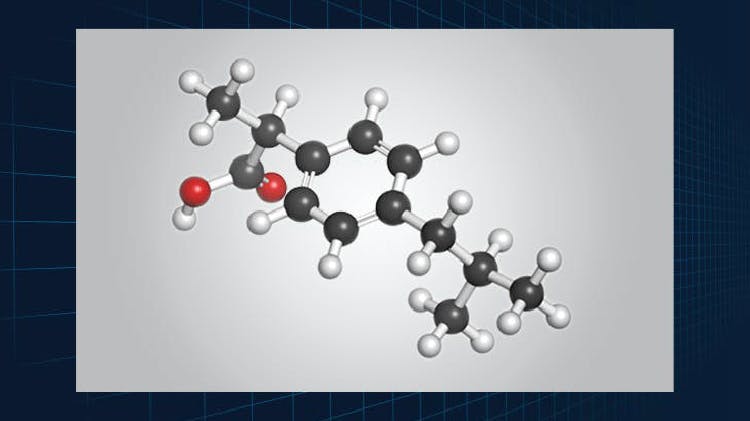Management of fever

Fevers are usually treated when a child is in discomfort.1
This applies to both children and adults. It’s also important to remember that fever is a sign that something is happening within the body, and treating it does not treat the underlying cause of the fever.1,2
However, children less than 3 months old, with a body temperature of ≥38.0°C, presenting with other “red flag” symptoms should be seen by a doctor.2,3
Managing fever in adults

Assessment of fever in adults
To determine if a patient has a fever, the most common and accurate route of taking a temperature in adults is a thermometer placed under the tongue (oral route).2
For practical clinical purposes, a patient is considered febrile or pyrexial if the oral temperature exceeds 37.5°C (99.5°F) or the rectal temperature exceeds 38°C (100.5°F).4
If the temperature is >39.4°C, the patient should seek medical attention.2
Do not forget to ask the patient for other symptoms they are experiencing to help determine the cause of the fever (such as “red flag” symptoms), and if they require any other treatment recommendations, other than medications to treat fever.2,5
Managing fever in children

Assessment of fever in children
For infants and children under 3 years of age, it is recommended that their temperature be taken rectally for the assessment of fever.3
For children older than 3 years of age, other methods of taking a temperature are orally (under the tongue), under the armpit, or in the ear. However, measuring a child’s temperature under the armpit or in the ear, are considered less accurate.3
As in adults, it is important to assess children for other symptoms accompanying the fever, as well as “red flag” symptoms that would require a referral to a doctor.3






